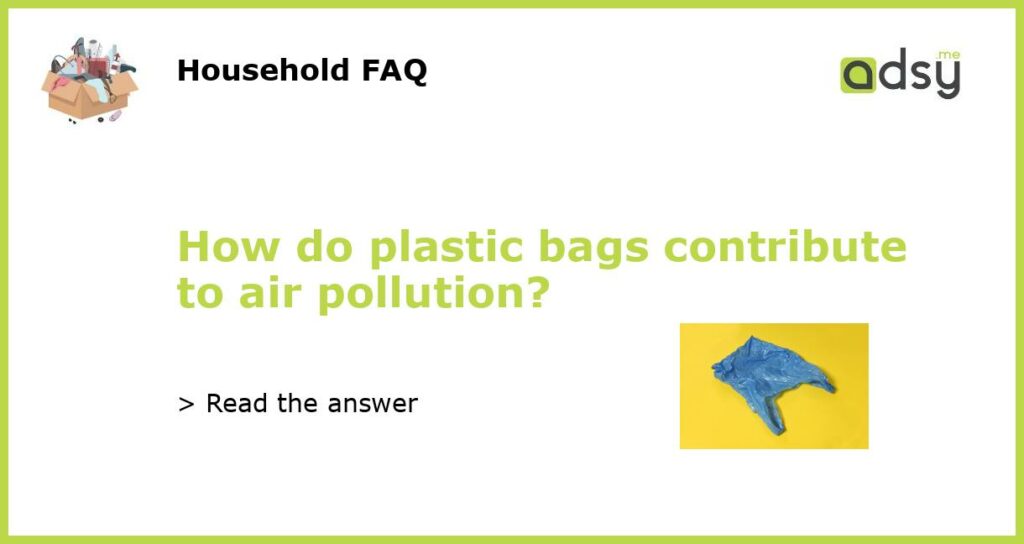Plastic Bags and Air Pollution: A Hidden Consequence
Plastic bags have become a notorious symbol of environmental degradation, particularly in terms of their impact on marine life and landfills. However, what many people overlook is the significant role that plastic bags play in contributing to air pollution. From the production of plastic bags to their disposal, the entire lifecycle of these everyday items has far-reaching consequences for the quality of our air.
The Manufacturing Process: Emitting Harmful Greenhouse Gases
The first stage of a plastic bag’s life cycle starts with its manufacturing process. The production of plastic bags involves the extraction and refinement of fossil fuels, such as oil and natural gas, which release large amounts of greenhouse gases into the atmosphere. These gases contribute to the overall warming of the planet and are a major driver of climate change.
In addition to the greenhouse gases emitted during manufacturing, the chemicals used in plastic bag production also contribute to air pollution. The manufacturing process requires the use of various toxic substances, including benzene and formaldehyde, which are known to have harmful effects on human health and contribute to air pollution when released into the atmosphere.
Disposal: The Burning Issue
The most visible way in which plastic bags contribute to air pollution is through improper disposal methods. When plastic bags are thrown away and end up in landfills, they pose a significant risk of becoming airborne. As the bags deteriorate over time, they break down into smaller pieces known as microplastics.
When wind or human activity disturbs the surface of a landfill, these microplastics can become airborne and spread throughout the surrounding area. This airborne pollution not only contributes to visual pollution but also poses a risk to human health. Inhaling microplastics has been linked to respiratory issues, as well as potential long-term health effects due to the release of toxic chemicals present in the plastic bag.
Incineration: A Recipe for Toxic Emissions
In some cases, plastic bags are not thrown away but are instead incinerated. Incineration is often seen as a solution to the waste management problem, but it comes with its own set of issues. When plastic bags are burned, they release toxic emissions, including dioxins and furans.
Dioxins and furans are highly toxic compounds that have been classified as human carcinogens. These chemicals can cause a range of adverse health effects, including cancer and reproductive disorders. When plastic bags are incinerated, these emissions are released into the air, contributing to air pollution and posing risks to both human and environmental well-being.
Addressing the Issue: Plastic Bag Bans and Alternatives
To mitigate the contribution of plastic bags to air pollution, many countries and municipalities have implemented plastic bag bans or introduced fees for their use. By reducing the demand for plastic bags, these measures help reduce the environmental impact associated with their production and disposal.
In addition to plastic bag bans, there is a growing emphasis on promoting reusable alternatives. Reusable bags made from materials like cotton or canvas are gaining popularity as a sustainable option that reduces dependence on plastic bags. Encouraging the use of reusable bags can significantly reduce the overall pollution generated by single-use plastic bags.
The issue of plastic bags and their contribution to air pollution is a complex problem that requires a multifaceted solution. From addressing the emissions generated during the manufacturing process to promoting responsible disposal methods, it is essential to consider the lifecycle of plastic bags and the steps we can take to minimize their environmental impact.






